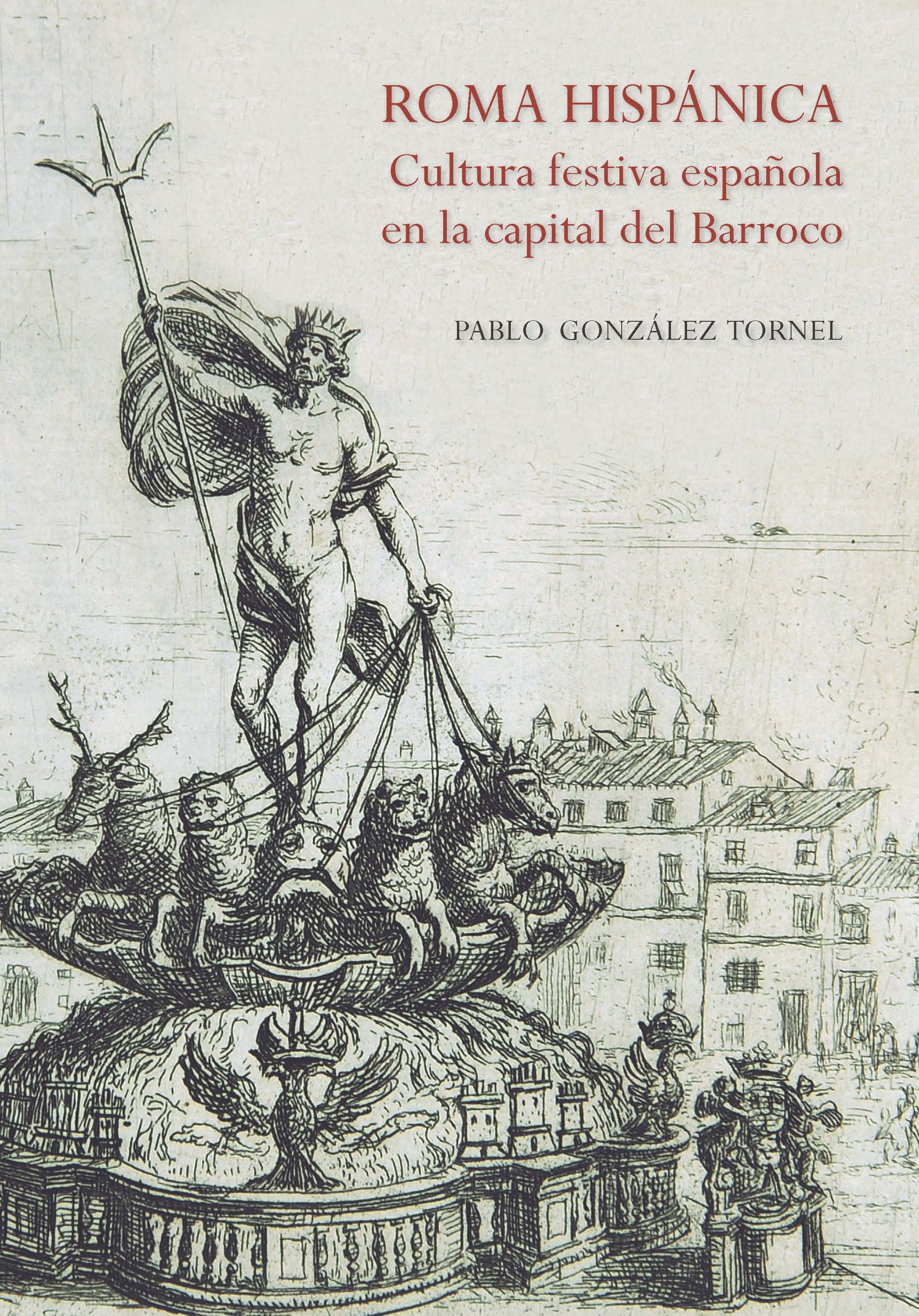Author
Pablo González Tornel
Characteristics
392 pages; 130 b/w and color illustrations; flapped paperblack; 17 x 24,5 cm
Publication
Spanish; 2017
ISBN
978-84-15245-58-2
Price
€33,66
Rome and Spain maintained very close ties from the times of the Catholic Monarchs to the dawn of the contemporary era. The city was the seat of the head of the Church, and the Spanish Monarchy – which made militant Catholicism the centrepiece of its political theology, especially during the Habsburg rule – sorely needed papal approval. This indissoluble bond between the Spanish Monarchy and the Papacy during the Modern Age spurred intense diplomatic activity. Spain’s presence in the city progressively increased from the end of the fifteenth century onwards and its subjects’ representative needs gave rise to a veritable Spanish Rome, whose main landmarks were the palazzo of the Spanish Embassy and the national churches of the Aragonese and Castillian communities, Santa Maria di Monserrato and San Giacomo degli Spagnoli.
In this book González Tornel studies one of the main features of Spain’s rich and many-sided presence in Rome: festivities. The rituals and celebrations staged by Spaniards in the city helped unite the community and, above all, played a key role in the Crown’s propaganda efforts. Canonisations, triumphal entries, celebrations of political achievements, religious feasts and royal funerals had an equal or greater part in boosting Spain’s presence than the people who participated in them and the places that hosted them. Festivities were crucial to understanding power and Church-state relations during the Modern Age, and those promoted by the Spanish Monarchy in Rome are essential to explaining both realities.
Pablo González Tornel, who holds a doctorate in Art History, is director of the Museo de Bellas Artes de Valencia and lectures at the Universitat Jaume I in Castellón. During his stints at the Università degli Studi di Palermo, the Biblioteca Hertziana, the Università di Roma La Sapienza and Villa I Tatti (Harvard University), he focused on the cultural history of the Spanish Monarchy, especially architecture and festive culture during the Modern Age. His publications include Los Habsburgo. Arte y propaganda en la colección de grabados de la Biblioteca Casanatense de Roma (2013), La fiesta barroca: los reinos de Nápoles y Sicilia (2014) and Cuatro reyes para Sicilia. Proclamaciones y coronaciones en Palermo 1700-1735 (2016).

